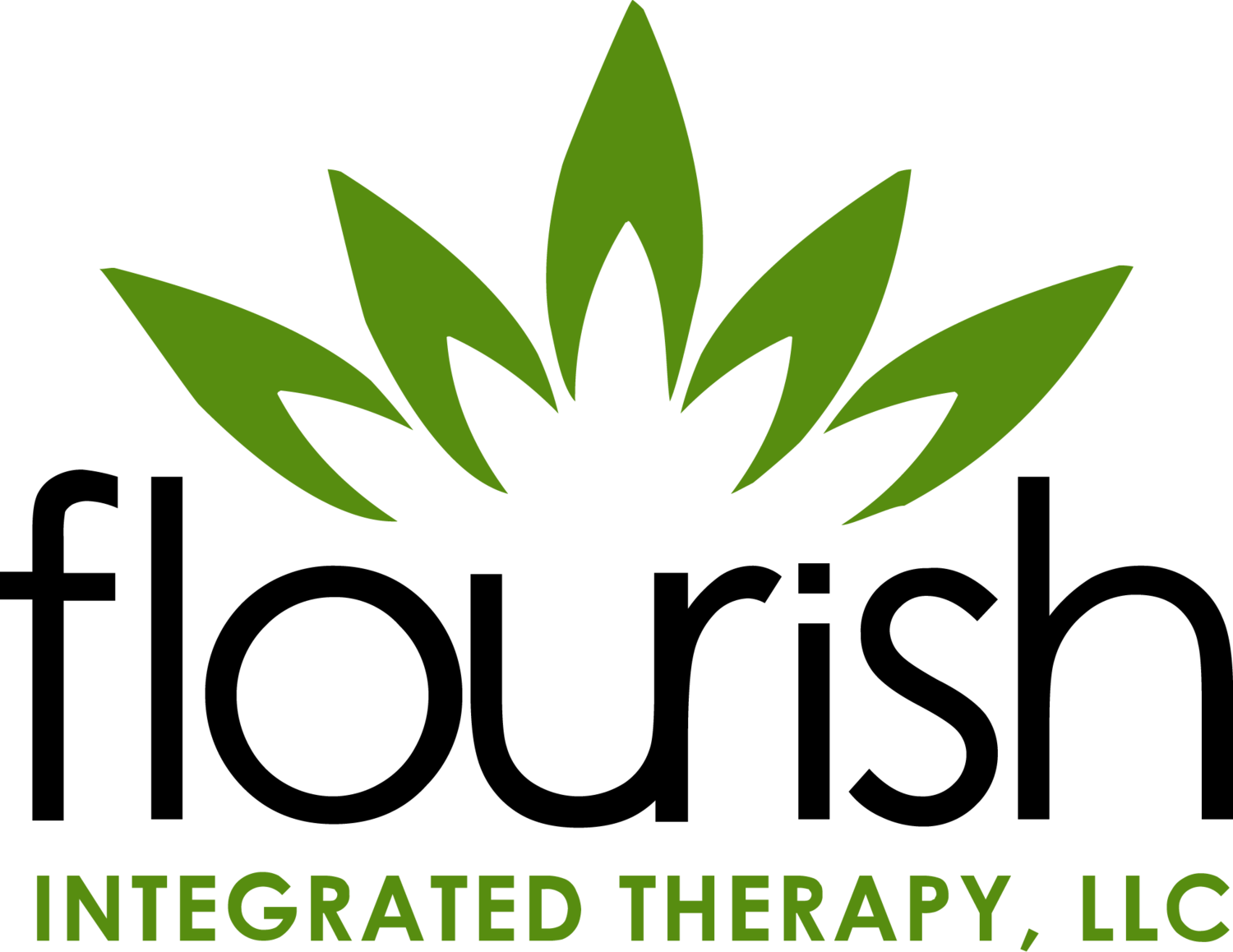Flourish Holiday Gift Suggestions 2021
Toy buying for kids can be overwhelming. There are so many toys on the market, it’s hard to know not only what they’ll like, but also what naturally helps them grow, learn and develop. We’ve asked our team of Occupational Therapists and Speech Language Pathologists for their tried-and-true favorite toys, and we’ve compiled the top the top picks for you. Not only do our clinicians love these toys for how they can use them in therapy, but also because our clients absolutely have a blast with them! So, let’s not wait any longer. Here are our top toy picks…
Plush Toys
Stuffed animals are a great gift for children one and older. They’re cuddly, comforting, and you can find almost everything imaginable as a plush – so you’re guaranteed they’ll love it. Plush toys are perfect for helping develop emotional regulation, and providing sensory exposure. They are also great for building receptive language and play skills by acting out caretaking routines such as feeding, dressing, hugging, and putting the stuffed animal to sleep. We also love plush toys for helping develop environmental sounds (think animal noising, eating or sleeping sounds, etc.), labeling and identifying body parts, and building a vocabulary by talking about what they plush toys are doing.
Bath Toys
Bath toys are a must have! They were a top pick from our OTs for 1-2 years olds, and for good reason! Bath toys are a great way to help make bath time more fun. They provide countless opportunities to sensory exploration and sensory exposure, and help make a vital ADL (activity of daily living) more enjoyable. There is a bath toy out there for every child, no matter their interests: from gears and container play toys, to animals and fishing activities, and even bath paints and crayons. Our SLPs were equally as excited by these toys, because they provide endless opportunities for building for one-on-one communicative exchanges, and are a great way to build a child’s receptive verb, preposition, and adjective vocabulary.
Stacking and Building Toys
Stacking and building toys are always a great gift for kids one and up.
For kids ages 1-2, we love to use simple stacking toys such as blocks, ring stackers, stacking cups. Our OTs often reach for these toys because they are a fun and functional way to target grasp, bilateral integration, hand-eye coordination, pattern making and identifying, sequencing, and visual motor skills. Our SLPs use stacking toys to work on pre-linguistic skills (skills your child needs before they begin to talk) such as joint attention, following directions, and turn taking.
For kids 2+, take apart toys such as take apart vehicles or animals, are a great way to develop their vocabulary (think object functions, parts of a whole, verbs/action words) and problem-solving skills, help with cooperative play, and provide natural opportunities for self-advocacy (asking for help). Take apart toys also provide a child countless occasions to develop their grasp, improve hand-eye coordination, and work on important executive functioning skills (such as sequencing, planning, initiating, and modulating).
Magna Tiles, Duplo Blocks, and Lego Bricks are all excellent gift ideas for kids three and up. (Lego Bricks are a better choice for kids at least 4 and with adult supervision.) They provided hours of open-ended play and entertainment, while helping improve fine motor skills, bilateral integration, hand-eye coordination, visual motor skills, and executive functioning skills. You can also help improve language skills by providing opportunities to increase adjectives, prepositions and verbs, work on sharing and teamwork/cooperative play, and answering questions (while building and to talk about what they made).
Games
Did you know you can introduce different boardgames and tabletop games to kids as young as three? Boardgames and tabletop games are a fun way to help a child develop their visual motor skills, a variety of fine motor skills, problem solving abilities, executive functioning skills, turn-taking, and social language skills. Cooperative boardgames are also a great way to work on team building and introducing game concepts without the added pressure of trying to “be the winner”.
These are some of our favorite boardgames in the clinic!
Cooperative Games: Feed the Woozle, Count Your Chickens, Hoot Owl Hoot, Snug as a Bug in a Rug
Games for 3-4 year olds: Sneaky Snacky Squirrel, Shark Bite, Yeti In My Spaghetti, and Candyland.
Games for 5+: Jenga, Suspend, Zingo, What’s in Ned’s Head, Grouch Couch, Pull My Finger.
Sensory Toys
Who doesn’t love a sensory toy? Sensory toys come in all varieties, and are the perfect way to provide endless fun and exploration - while also increasing fine motor skills (either picking up with their fingers, or by using tweezers, scoops or scissor scoops) , visual motor and visual perception, and improving language skills (it’s a great way to work on answering WH-questions, building descriptive language, and increasing prepositions).
We love Orbeez (water beads), kinetic sand, and pluffle. These are all great sensory bin materials. Hide and find toys, drive trucks through the bin, or fill and dump containers for endless play. If you’re worried about the mess, just put down an old sheet or place the bin in a round kiddie pool for easy cleanup. Other sensory toys we love and that are always a hit in the clinic are Pop Its, bubbles, sensory bottles.
Cooking and Baking
If you are shopping for someone who is 5+, we always love to recommend cooking and baking tools. This is a great age to introduce the kitchen to your child, and to provide exposure to different foods, offer sensory exploration, and develop hand strength and hand-eye coordination. These activities also work on sequencing, problem-solving, collaboration, and an important IADL... cooking! We love nylon knives for kids, they cut foods easily, but without the added risk of a shape metal blade to accidentally cut themselves, and we love baking kits that include simple recipes and the tools a child needs to get started cooking.




